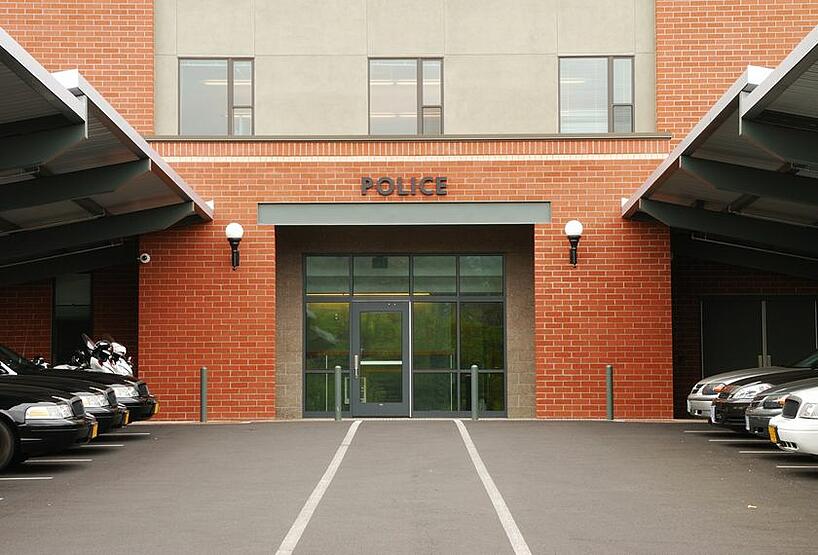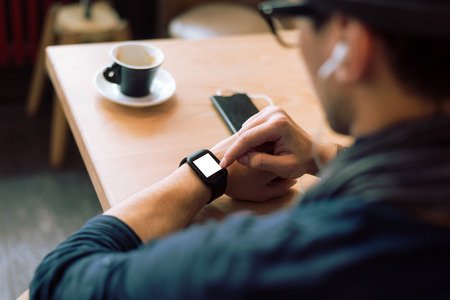Aug 11 2018 Are We Really Ready For Next Generation 911?

In this business, it is commonly accepted that Next Generation 911(NG911) will dramatically change the way public safety operates. Perhaps these changes will be as dramatic as the introduction of radio communications in the 1930’s and portable hand-held radios in the 1960’s. Even more remarkable than the launch of Computer Aided Dispatch and mobile data, NG911 will virtually transform the public safety landscape.
How, you ask? Take out your crystal ball and peer deeply into the future. What do you see? Do you see people texting to 911 instead of making a voice call? Stroll through any suburban shopping mall and you’ll observe people staring down at their cell phones and typing messages. Will text to 911 calls be made only by the hearing or speech impaired, or those who are in imminent danger and need to clandestinely summon help. I don’t think so. Texting has become the peer of speaking and I believe our industry is underestimating the percentage of text messages a PSAP will receive.
Short of mental telepathy, SMS has become the new preferred form of communication. Not just because it’s easy, but because one’s range of communications has become limitless. With speech, you can talk to your friend sitting next to you or you can talk to them over the phone. With texting, you can communicate with anyone, anywhere, at any time. Throw social media in the mix and your ability to communicate has no boundaries. With social media, you can post a message, attach an image or video, include a hyperlink, or add a music score.
So, what does this have to do with NG911? NG911 will become the Twitter or Facebook of emergency calling, just not for the social entertainment aspect. These next generation features will fundamentally change the way society calls for help.
Here are three issues to consider.
1) Many EMS providers are over-burdened with demand for service. Numerous agencies experience excessive nuisance or non-emergency calls and Hospital ER’s are considered to be the family doctor. EMS Units summoned for minor illnesses or injuries, takes those unit out of service for authentic and true emergencies. In the NG911 world, a Telecommunicator could triage a call using multi-media and determine the severity of the chief complaint. Transmitting an image of a minor injury or conducting a video interview to assess a caller’s severity of symptoms, the Telecommunicator would assess the need to dispatch and occupy an EMS unit.
Again, how you ask? How will the Telecommunicator obtain vital signs, how will the telecommunicator be able to interpret those diagnostic indicators, and what about liability? Many Bluetooth medical devices are already available, such as blood pressure, pulse rate, cardiac rhythm, body temperature, and pulse oximetry monitoring devices. A “frequent flyer” as they are dubbed in the industry would be assigned these devices and required to submit vital values when calling 911. Telecommunicator training would need to include EMT or paramedic diagnostics. And, legislation would be necessary to afford telecommunicator immunity, much like EMS agencies have in place today.

Sounds farfetched, doesn’t it? Who would have thought 40 years ago that you could talk to anyone in the world from a device you can stow in your pocket? Remember Dick Tracy’s watch communicator? Go buy a smart watch and pair it with your smart phone. You could now make and receive calls, send and receive text messages, display images, and play videos and music from your watch. The future is here!
An alternative to enabling a Telecommunicator with EMS skills and functionality would be staffing a PSAP with physicians or nurse practitioners or creating an integrated health call center (IHCC) to perform the same services. If a 911 call is determined by the Telecommunicator to be a minor complaint, the call could be connected with an IHCC who would then triage the call and decide whether an ambulance response is warranted. The “patient” would still receive necessary treatment and medical advice by the IHCC. If prescriptions, medical devices, or hands-on therapy is necessary, contracted pharmacies and health care providers could be dispatched in a non-emergency response mode to complete the treatment protocol.
It’s not just EMS that will be affected. Law Enforcement, Fire Departments, and Emergency Operations will evolve, facilitated by NG911 and the accommodation of multi-media in the emergency calling process.
2) It seems our approach to NG911 is akin to Ready, Fire, Aim! It’s also “build it and they will come.” We all recognize the value of multi-media 911, but are we truly prepared for it? Have we thought of all the externalities that will accompany NG911? Do we have a clear understanding of the governance and policy infrastructure that needs to be in place when migrating to NG911? Another prediction is that we don’t know what we don’t know. There is a real and present danger that as an industry, we will experience information overload with NG911, kind of like “drinking from a fire hose.”
It’s not just the volume of data, it is also about its relevance. Multiple calls and texts with accompanying images and videos are received by the PSAP from the same general vicinity. Are they all related to one event? Could they possibly be from two adjoining incidents? Does the Telecommunicator see what the caller interprets when they shot the photo or video? If speech and written text can be interpreted differently, won’t images and video be likewise subject to differing interpretations? Does all the received multi-media become part of the incident record, is it evidentiary in nature or does it become a part of a patient treatment record? Will there be a national consensus on these questions?
3) Finally, and the subject of a previous blog, what phyco-emotional impact will images and videos have on Telecommunicators? The job of a public safety telecommunicator is sufficiently stressful without adding visuals to violent and/or traumatic events. As an industry, are we prepared to handle the consequences of a completely new reality for PSAP personnel?
Other questions to consider
Are PSAP supervisors trained in how to recognize untoward stress? Will protocol be in place to handle emotional trauma and excessive anxiety? Will multi-media 911 contribute to employee absenteeism or turnover? What will be the policy for managing recurring exposure to disturbing images or video? These are questions that require attention now, before NG911 becomes a universal realism.
These are three issues related to implementing NG911. It will impact how EMS operates, it will potentially overload PSAPs with data and information volume, and it will potentially contribute additional harm to a telecommunicators mental health.
What’s your predictions, what do you think? Comment on this blog by adding your own predictions or issues.
